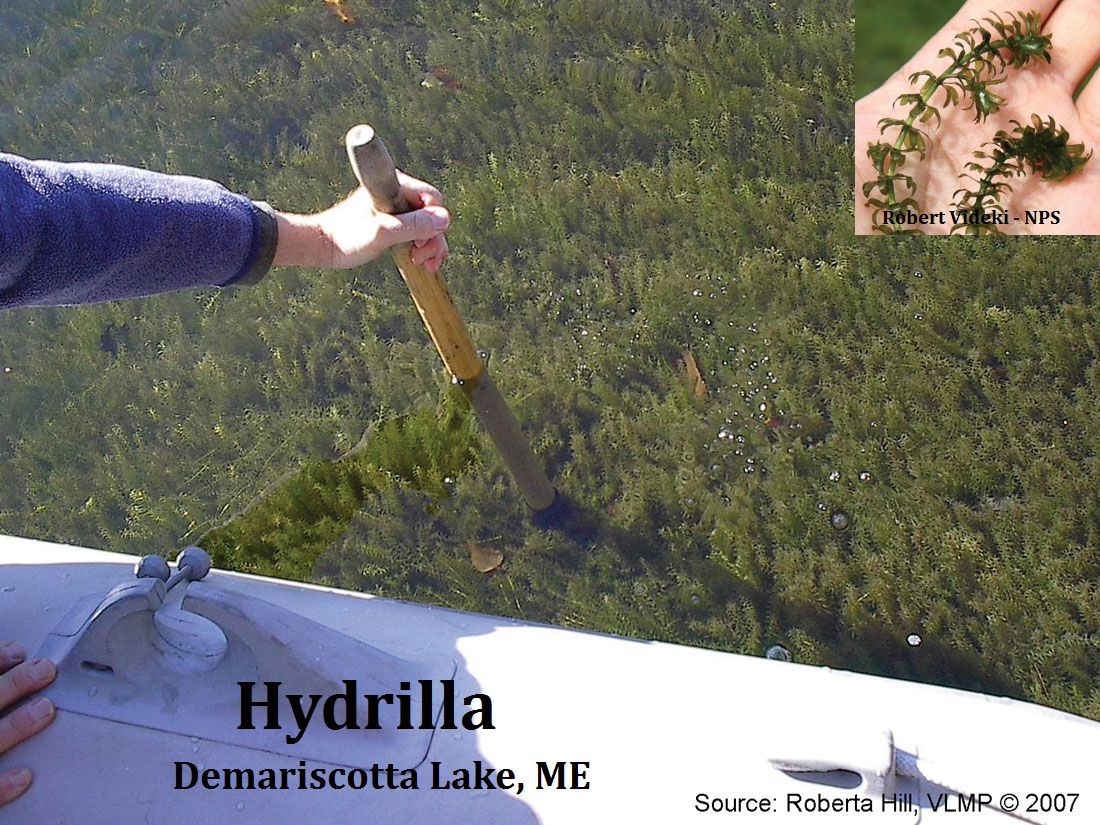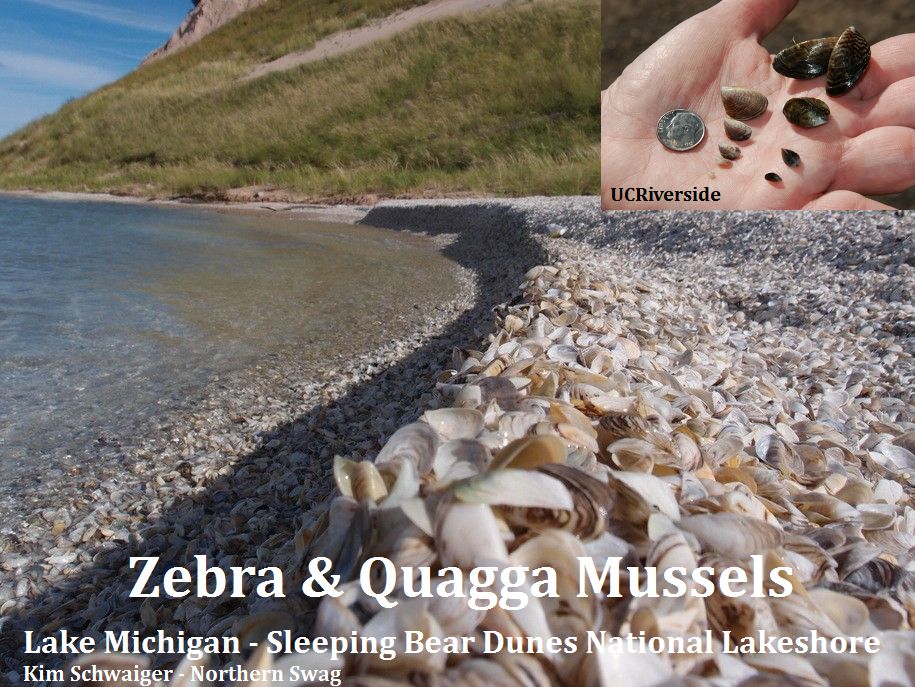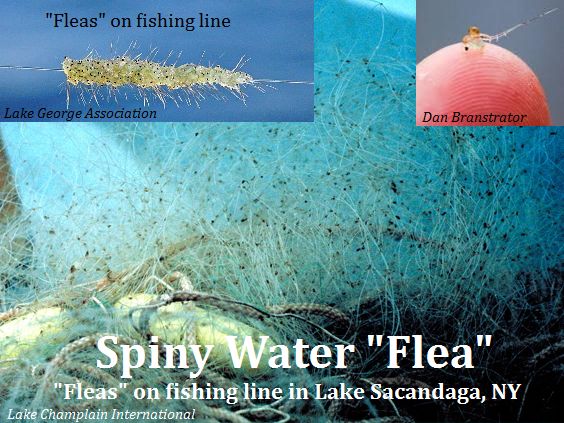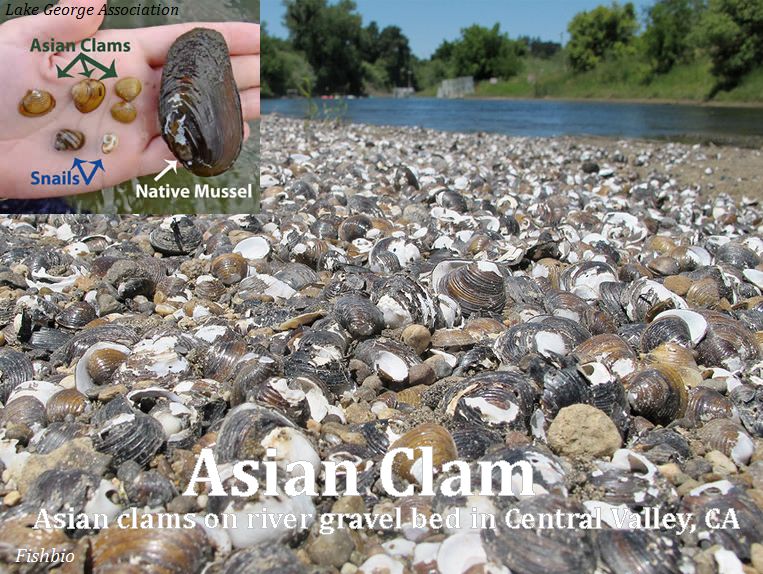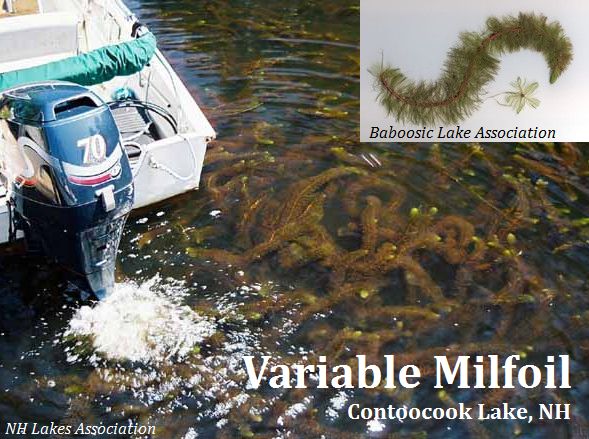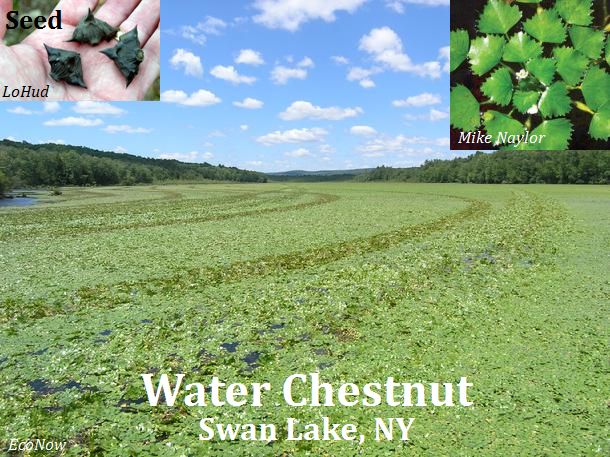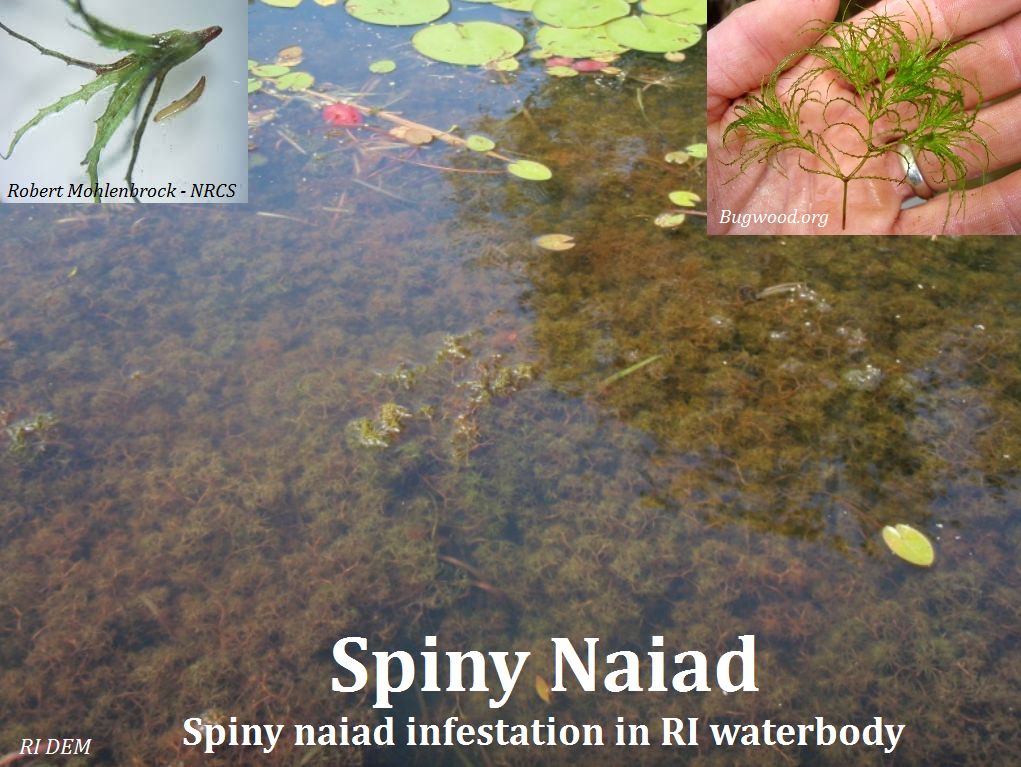Invasive Species
Today, aquatic invasive plant and animal species continue to spread in the Northeast. LSPA looks for and prevents the spread of aquatic invasive species (AIS) into Lake Sunapee through two programs - the Invasive Watch Program and the Lake Host Program.
Why the Concern
Invasive plant and animal species out-compete and overwhelm native aquatic species.
They are primarily transported to waterbodies by "hitching" a ride on boats and recreational gear. Some invasive species are introduced from aquarium dumping.
Invasive plants grow rapidly once established and can form dense strands that take over and crowd out native plants.
Dense invasive aquatic vegetation can foul boat props and is not pleasant to swim in.
Shell deposition from invasive bivalves litter shorelines and can cut swimmers' feet.
Invasive bivalve excretion can increase filamentous algal growth leading to algal blooms.
Some invasive animal species are capable of disrupting the base of the food web which results in effectively starving native species.
It is very difficult to control or eradicate aquatic invasive species once established.
Click here to download a copy of LSPA’s informational card on aquatic invasive species.
For additional resources about aquatic plant and animals, click here.

